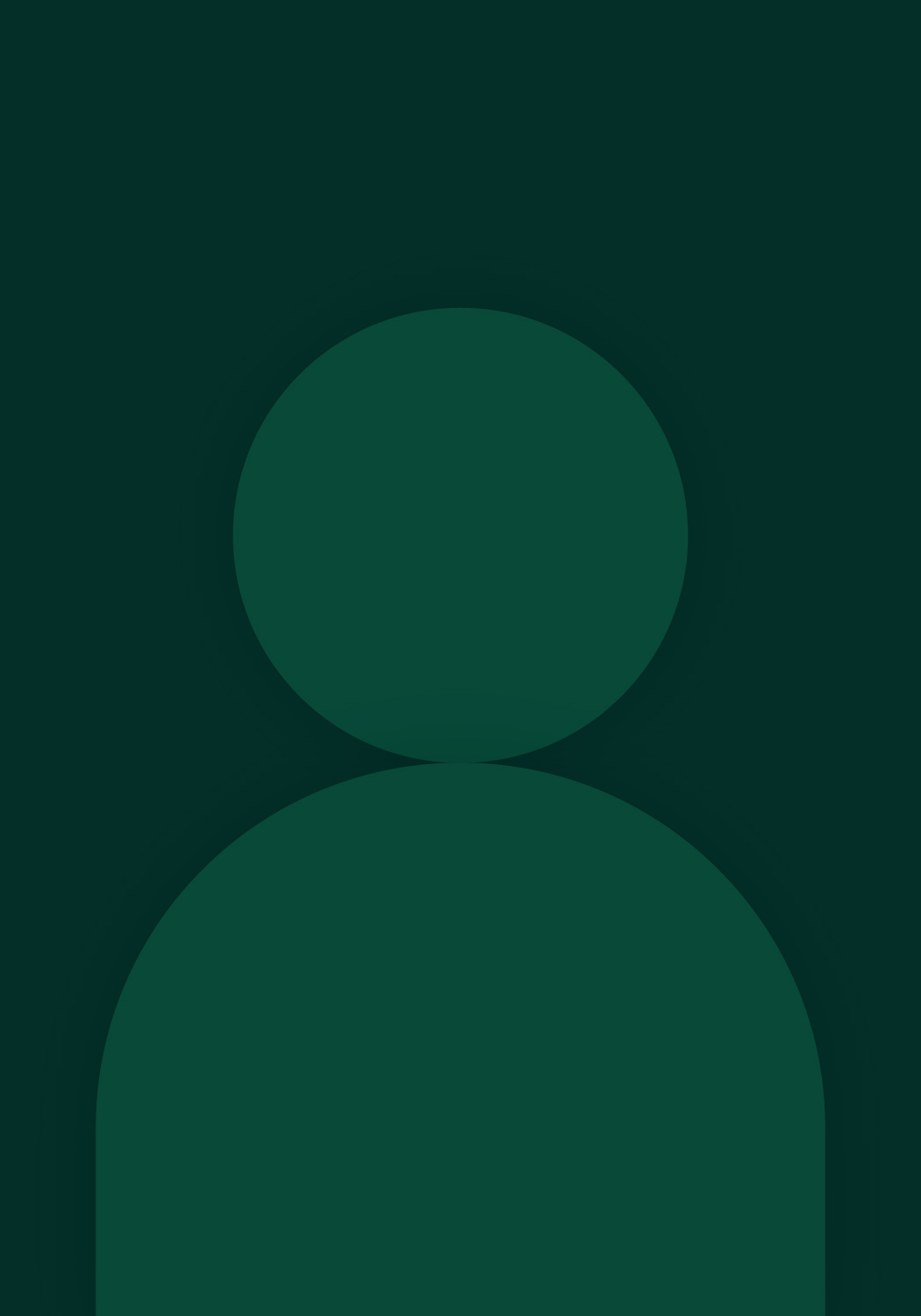Our Members
Faculty
Postdoctoral Fellows / Research Scientists
Research Assistants
Industry Partners
Partner Institutions
Faculty

Aleksei Aksimentiev
aksiment@illinois.edu
More

Mark Anastasio
maa@illinois.edu
More

Mikael Backlund
mikaelb@illinois.edu
More

Stephen Boppart
boppart@illinois.edu
More

Yann Chemla
ychemla@illinois.edu
More

Glenn Fried
gfried@illinois.edu
More

John Glass
More

Ido Golding
igolding@illinois.edu
More

William Gropp
wgropp@illinois.edu
More

Taekjip Ha
More

HyeongJun Kim
More

Sangjin Kim
sangjin@illinois.edu
More

Minjoung Kyoung
More

Siewert-Jan Marrink
More

Paola Mera
pmera@illinois.edu
More

Eric Morgan
elmorg19@illinois.edu
More

Kannanganattu V. Prasanth
kumarp@illinois.edu
More

Supriya Prasanth
supriyap@illinois.edu
More

Luisa-Maria Rosu
rosu@illinois.edu
More

Paul Selvin
selvin@illinois.edu
More

Emad Tajkhorshid
emad@illinois.edu
More

Shulei Wang
shuleiw@illinois.edu
More

Kai Zhang
kaizkaiz@illinois.edu
More

Yingjie Zhang
yjz@illinois.edu
More
Postdoctoral Fellows / Research Scientists
Research Assistants

Sepehr Alaeen
salaeen2@illinois.edu
More

Nidhi Baheti
nbaheti2@illinois.edu
More

Ashwin Bale
abale2@illinois.edu
More

Ayesha Bhikha
abhikha2@illinois.edu
More

Susan Born
susanb2@illinois.edu
More

Armine Dingilian
armined2@illinois.edu
More

Enguang Fu
enguang3@illinois.edu
More

Ezza Khan
ezzak2@illinois.edu
More

Jaehyeon Kim
jk66@illinois.edu
More

Morgan Letzkus
letzkus2@illinois.edu
More

Minxue Liu
minxuel2@illinois.edu
More

Andrew Karlin Maytin
amaytin@illinois.edu
More

Yug Rao
yugrao2@illinois.edu
More

Jongwon Roh
jdroh2@illinois.edu
More

Melika Shekari
shekari2@illinois.edu
More

Eric Shinn
shinn3@illinois.edu
More

Kevin Tan
kevinkt2@illinois.edu
More

Angela Thomas
angelat6@illinois.edu
More

Yu-Huan Wang
yuhuanw2@illinois.edu
More

Rong Wei
rongw6@illinois.eduarmine
More

Devinda Wijewardena
devinda2@illinois.edu
More

Tianyu Wu
tianyu16@illinois.edu
More

Yuchen Wu
yuchenw4@illinois.edu
More

Bo Yuan
boyuan5@illinois.edu
More

Wenqing Zhu
wz24@illinois.edu
More
Industry Partners
- Kristopher Keipert, NVIDIA
- John Stone, NVIDIA
- Christian Wurm, Abberior Instruments
Partner Institutions
The University of Illinois Urbana-Champaign is partnering on this research with colleagues from:
- European Molecular Biology Lab
- Harvard Medical School
- J. Craig Venter Institute
- KTH Royal Institute of Technology
- Stockholm University
- University of Groningen
- University of Maryland, Baltimore County
- University of Texas Rio Grande Valley





